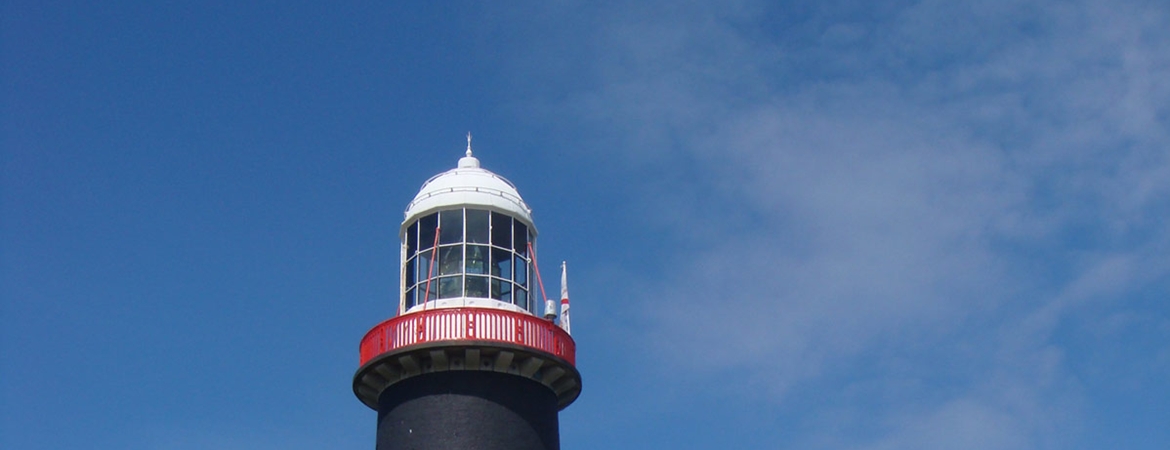As part of the Commissioners of Irish Lights’ remit to ensure aids to navigation meet international standards, and to improve energy efficiency and the environmental footprint at its sites, structural and improvement works are planned for Rathlin East Lighthouse, Rathlin West Lighthouse and Rue Point Lighthouse, Co. Antrim.
A Factsheet detailing works is available here.
The works, intended to begin in September 2021, will take place after consultation with local community groups and authorities, who are to be kept up to date on progress over the course of these projects.
The lighthouses currently serve as functioning aids to navigation used by every-day mariners, in addition to being sites of great historical and cultural significance. Rathlin West is also one of thirteen sites that form part of Irish Lights’ heritage and tourism initiative, ‘Great Lighthouses of Ireland’.
Captain Robert McCabe, Director, Coastal Operations, Irish Lights said, “The large First Order Fresnel lenses at Rathlin East and West are exceptional works of engineering. As originally designed, the lenses weigh several tonnes and rotate on a bath containing up to 30 litres of mercury, which is a recognised toxic substance. Irish Lights has now developed an innovative mechanical bearing system to allow for the retention of the historic lens, while still delivering the required safety and environmental benefits. Irish Lights is committed to protecting the heritage and improving the environmental footprint of its 65 lighthouses, while ensuring the property and its surrounds are safe and ecologically secure for the communities that live along-side them and the visitors who access them.”
Work at Rathlin East and Rathlin West Lighthouses
Currently a large first order Fresnel lens optic is situated in the lantern room of the lighthouse, which is lit by a stationary lamp. The traditional beam occurs as the Fresnel lens rotates around the stationary lamp. At present, the Fresnel lens sits in a mercury bath which supports its rotation and the lamp used is a 1000 watt vapour lamp, which are no longer in production. This will be changed to a modern low-energy 70 watt LED light. Since the late 1800s and early 1900s the historic lenses have used many light sources, from incandescent (burning) town gas, to vaporised paraffin, to electricity, and now low-energy LED lighting. The reduced power requirements in turn allow for the removal of diesel-fuelled backup generators, which has significant energy and operational benefits, as it requires less maintenance and is more environmentally friendly.
Another benefit to changing the lamp to a more efficient LED light, is that mercury, a toxic substance can also be removed from the lighthouse. This is in line with best practice internationally and mercury removal is standard across all Irish Lights’ sites to optimise safety and energy efficiencies. The historic lens will continue to rotate on an innovative bearing system which will be installed to allow the current Fresnel lens to continue revolve in a similar manner to how it currently operates. The visible range of the light will be reduced to 18-nautical miles in line with international standards for aids to navigation.
Work at Rue Point Lighthouse
The project at Rue Point Lighthouse will change the power system to mains with battery backup to allow for removal of the diesel generator. The existing lantern will be replaced with a modern LED equivalent.


